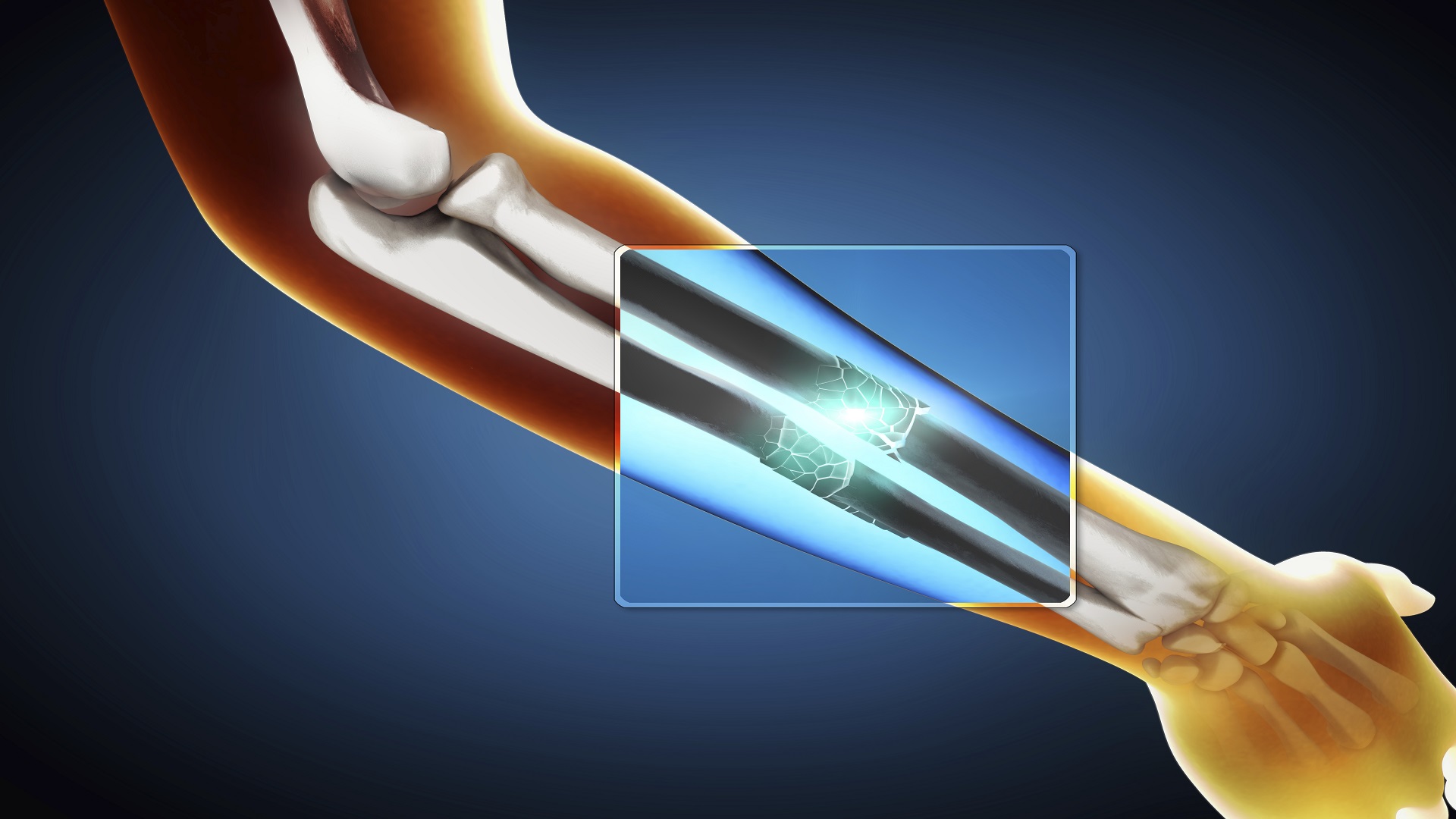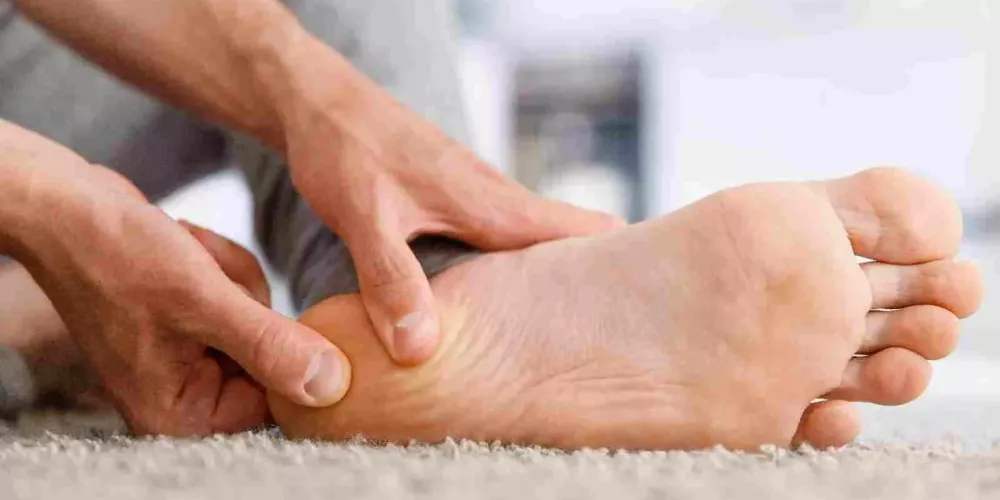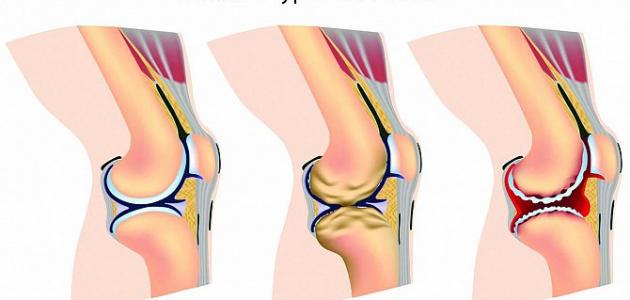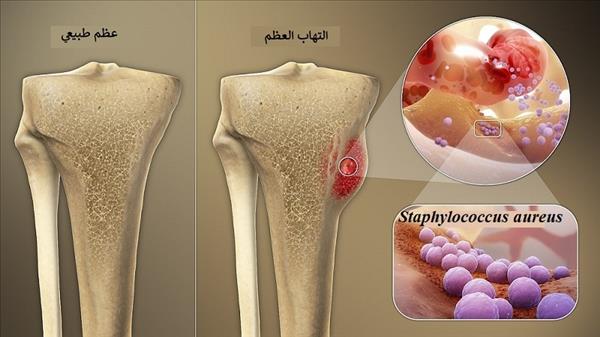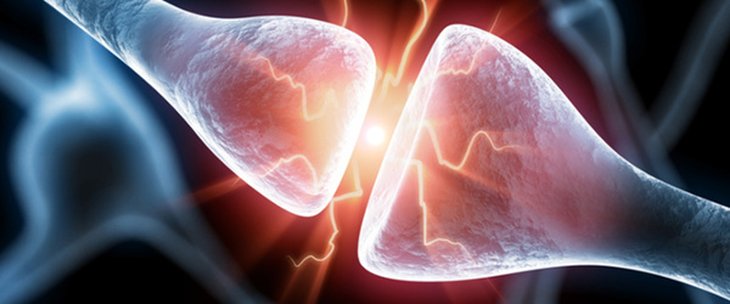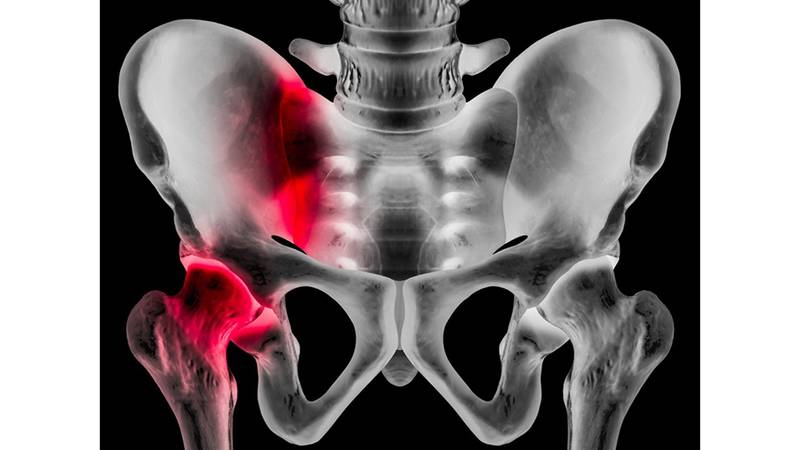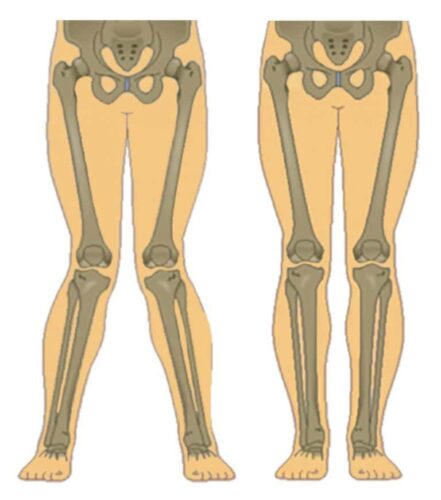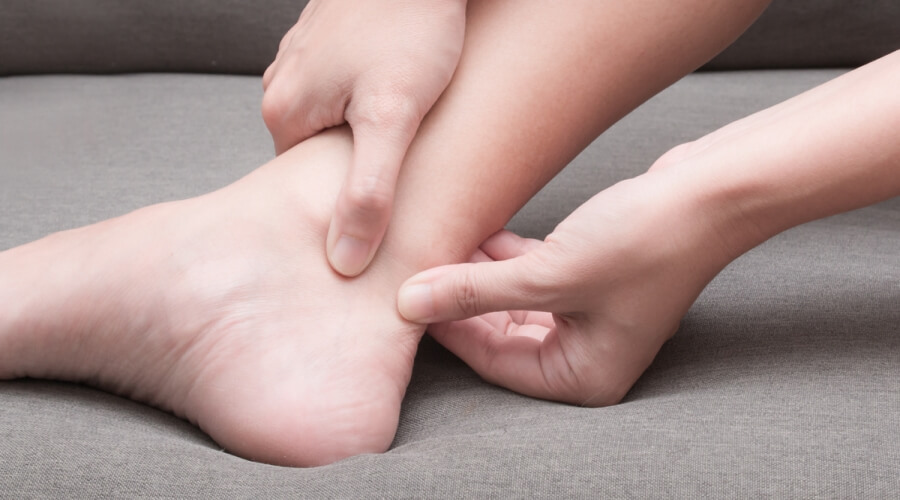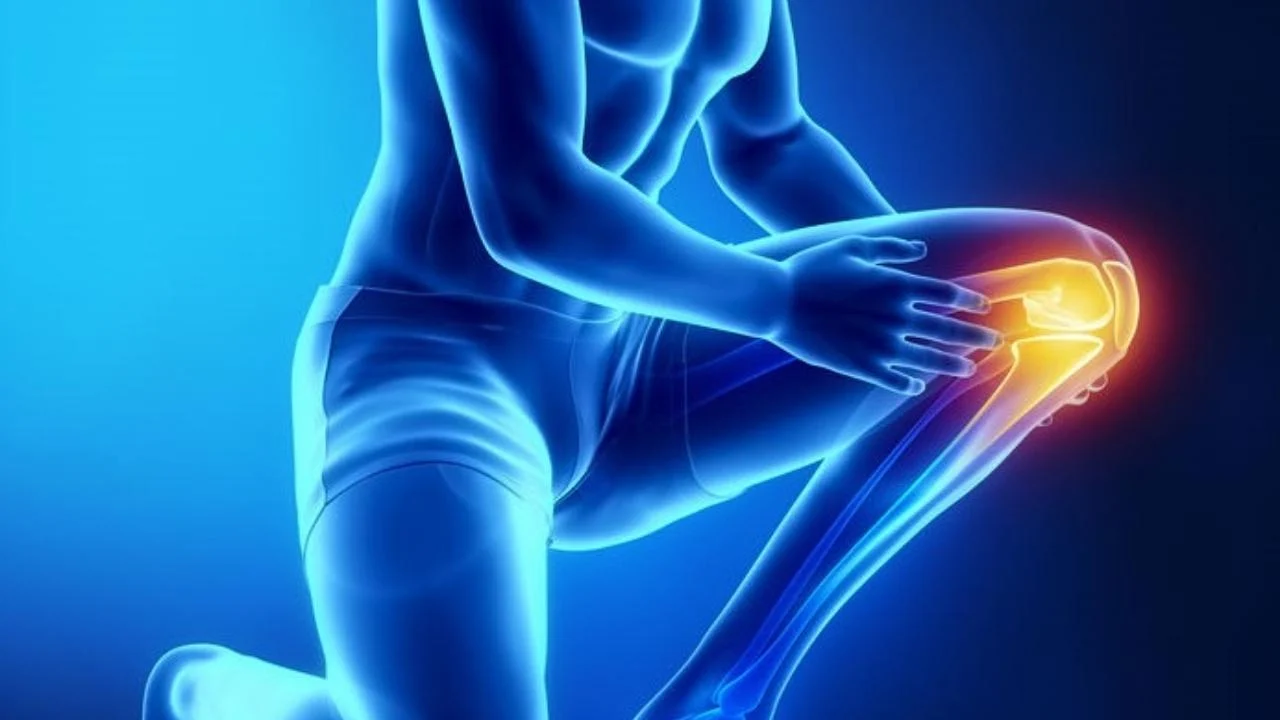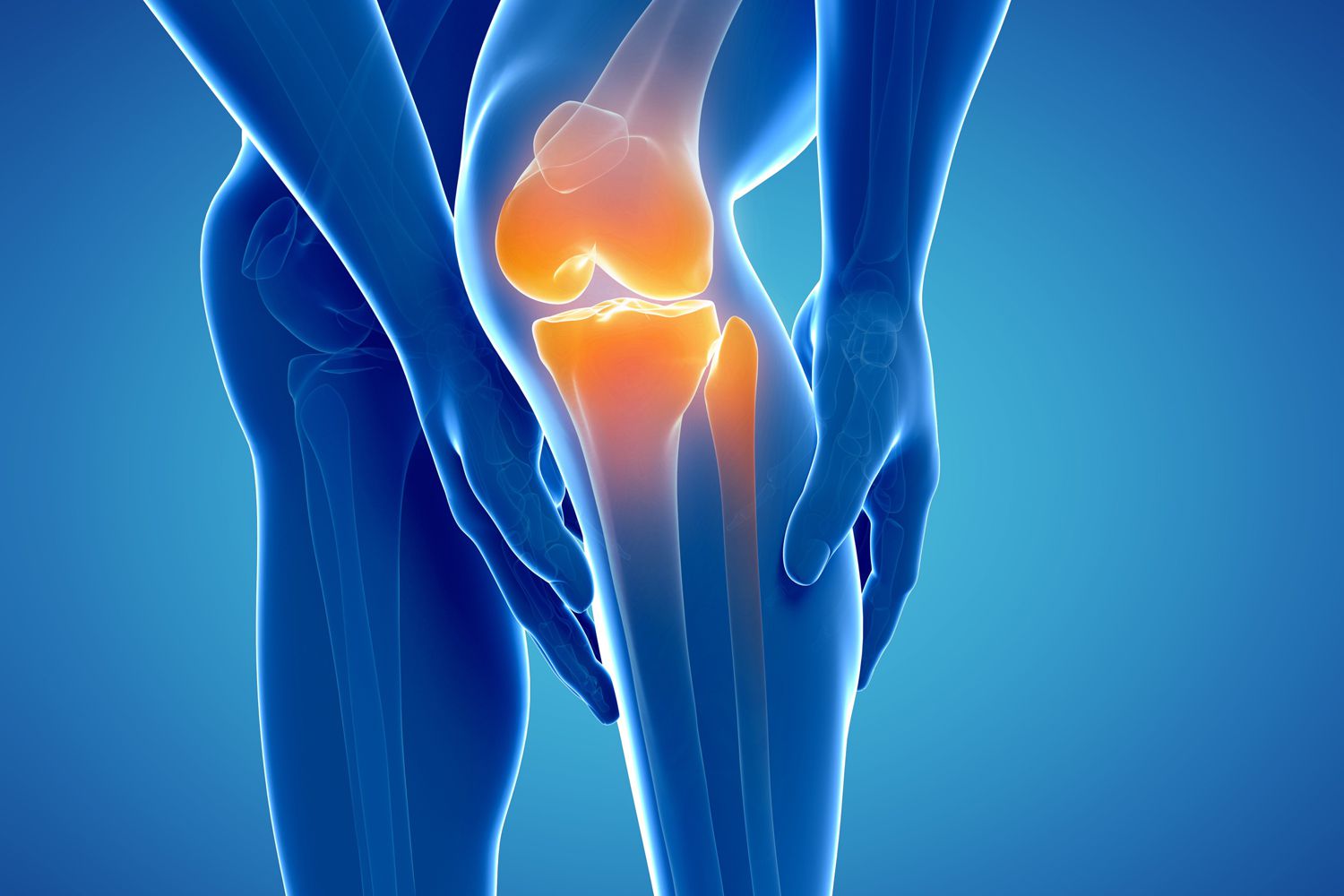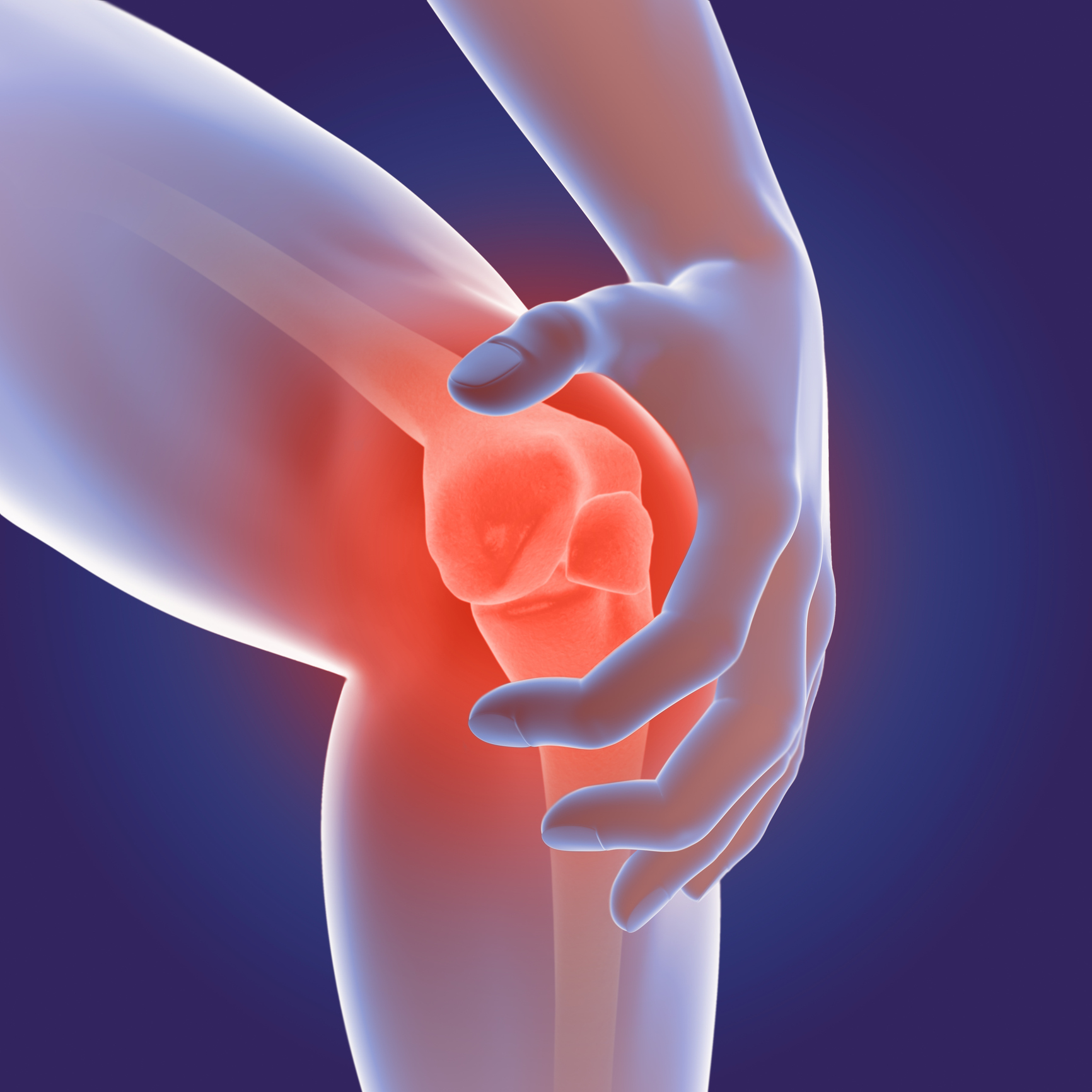Learn more about ankle swelling
Ankle swelling is a health condition that affects individuals as a result of the accumulation of large amounts of fluid in that area, and this is the result of many factors and causes that must be clearly identified in order to avoid them as much as possible. Follow the following article with us in order to learn accurate information regarding this topic.
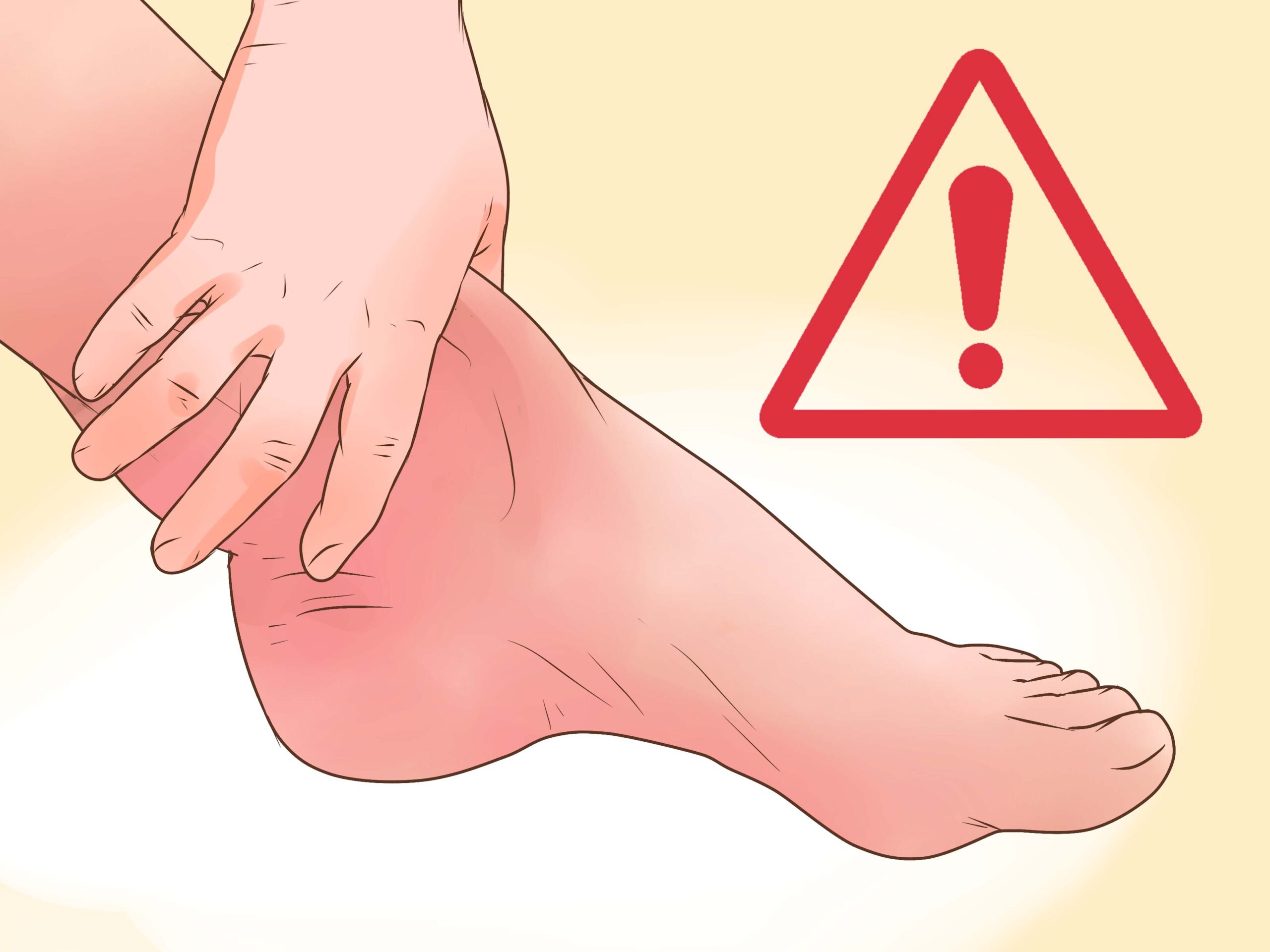
Ankle swelling
The swelling that occurs in the ankle is called peripheral edema, and this may be represented by the presence of large amounts of fluid in the ankles, feet, and legs, but it is most likely not accompanied by any pain at all, and this problem occurs more often with age and may affect one side of the body. or both of them at the same time.
The swelling that appears in the ankle is in the form of a bulge, and traces of the fingers of the hands may remain visible on the swelling if touched or pressed, and this swelling may be only at night, and there are many symptoms that appear on the individual and are associated with this swelling, including:
- The skin is predominantly shiny and taut.
- A change in skin color.
- A feeling of discomfort in both the ankle and the foot.
- There is a pain in both the ankle and the foot.
- The individual encounters great difficulty while walking.
Ankle swelling with pain
Ankle swelling with a feeling of pain is one of the things that must be taken care of to provide appropriate care in order to prevent any serious complications, as this may be a result of many reasons, including:
- Varicose veins: Damaged veins may make it difficult for blood to return to the heart quickly enough, and this increases the pressure on the small blood vessels or capillaries, and this causes fluid to move into the tissues, causing swelling.
- Heart failure: Fluid buildup as a result of heart failure may also be one of the causes of ankle swelling.
- Emphysema: Accumulation of blood in the veins leads to increased pressure inside them in the case of emphysema, and this causes swelling.
- Kidney problems: This cause is rarer than other things that cause swelling in the ankle.
- Acute liver disease: In this case, fluid accumulation is a common occurrence, and it tends to accumulate to a greater extent in both the abdomen and the legs.
Ankle swelling after walking
Swelling of the ankle after walking is something that happens to many individuals, and there are many reasons that lead to this happening, such as:
- Cellulitis: It is a bacterial infection of the skin.
- Taking some types of medications: such as antidepressants, birth control pills, corticosteroids, and calcium channel blockers.
- Chronic venous insufficiency: This health condition affects the valves in the blood vessels that are present in the feet.
- Blood clots: especially those in the feet.
- Pregnancy: Pregnant women are more likely to suffer from swollen ankles and feet.
- High blood pressure during pregnancy: This is accompanied by swelling in the body, headache, and a change in vision.
- Lymphedema: This condition causes swelling of the tissues in both the hands and feet, including the ankle.
- Heart failure: This occurs as a result of reduced blood circulation to the body.
- Kidney failure: This causes significant damage to the liver and impairs its functions.
- Hypothyroidism: This affects the muscles and joints, causing pain and swelling.
Ankle swelling after the operation
The swelling that afflicts the individual in the ankle after the operation is very normal, as it is considered one of the signs of symmetry in recovery, as the accumulation of fluid occurs as a result of many factors, such as the medications that the doctor prescribes to the patient after performing the surgery.
A blood clot may also occur that prevents blood flow well, and it is possible to calm down the severity of the inflammation by raising the affected foot from the rest of the body using some pillows or wearing a medical compress that reduces the severity of swelling.
How to walk after ankle surgery
After performing an operation to stabilize the ankle joint, the individual must realize some of the things that he must take into account when walking, which are as follows:
- Within two weeks after the operation, the patient wears a splint and walks during that period with the help of crutches.
- Walking should only be in cases of necessity, with complete support on crutches, and no more than 10% of body weight should be lifted.
- The fitted splint helps to avoid any weight bearing on the ankle throughout the treatment period and movement depends on the crutch.
- 14 days after the surgery, the doctor determines the appropriate time to remove the splint and remove the sutures, with another splint to be adhered to for up to 4 weeks.
- The second splint is removed 6 weeks after the surgery, and another splint is worn that can be removed and worn as desired, and during that period walking is possible without the help of a crutch while bearing part of the body weight, but sometimes specified during which it is necessary to wear the splint.
- The splint is completely removed after 10 weeks, and the current position of the ankle is known to order to start receiving physical therapy in order to restore its flexibility and ability to perform its function.
- Four months after the operation, the doctor will advise the patient to do some vigorous activities such as jumping, jogging, and walking on uneven terrain.
Ankle swelling treatment
The doctor determines the most appropriate method by which the ankle swelling is treated according to his good diagnosis of the current situation in front of him, and some of the following methods may be used in treatment:
- Do some exercises in the legs.
- Eat low-salt foods to prevent fluid buildup in the ankles and feet.
- Raising the leg as much as possible when sitting or sleeping, as helps to redistribute fluids in the body in a good way.
- Make sure to take plenty of rest and avoid pressure on the affected foot for a few days.
- Avoid wearing tight clothes that restrict movement and prevent good blood flow.
- Avoid sitting in a fixed position for long hours without moving, even if it is simple.
Causes of ankle swelling
Ankle swelling is one of the things that infer the presence of chronic and acute diseases, and this may be due to many other reasons, such as:
- Excessive intake of salty foods increases fluid accumulation in the ankles and feet.
- Suffering from some skin problems such as first-degree burns, insect bites, bruises, and scleroderma.
- Catching an infection that causes some diseases, such as cellulitis that is spread under the skin, fungi that affect the toenails, and inflammation of the kidney granules.
- The occurrence of some hormonal changes naturally, such as those that occur during pregnancy or during the menstrual cycle.
- The occurrence of blood clots in the legs is an obstacle to the passage of blood to the legs, and this causes them to swell.
- Suffering from venous insufficiency, where the veins become unable to allow blood to pass efficiently, which causes blood to pool and swell in the feet.
- Acute and chronic diseases such as congestive heart failure and thrombosis.
- Suffering from liver and kidney diseases such as cirrhosis, failure, and nephrotic syndrome.
- The presence of problems in the bones and joints, such as the occurrence of erosion and some fractures that are caused by stress, joint infection or inflammation of both tendons, ankle pain, trauma, rheumatoid arthritis, gout, muscle sprains, and bone infections.
- Having cirrhosis of the liver, where hepatitis B or C causes very high blood pressure or poor circulation in the legs.
- Some types of medications may cause swelling, such as those prescribed to treat stress and depression, as well as steroids, estrogen, and testosterone hormones.
- Preeclampsia may also be a cause of swollen ankles, and this is common in the last trimester of pregnancy.
- Suffering from obesity leads to a decrease in the efficiency of blood circulation, which causes an accumulation of fluids.
- Sitting or standing for long periods of time, as this inactivity plays a major role in preventing the return of blood from the extremities to the heart, and during that fluid gathering occurs.

